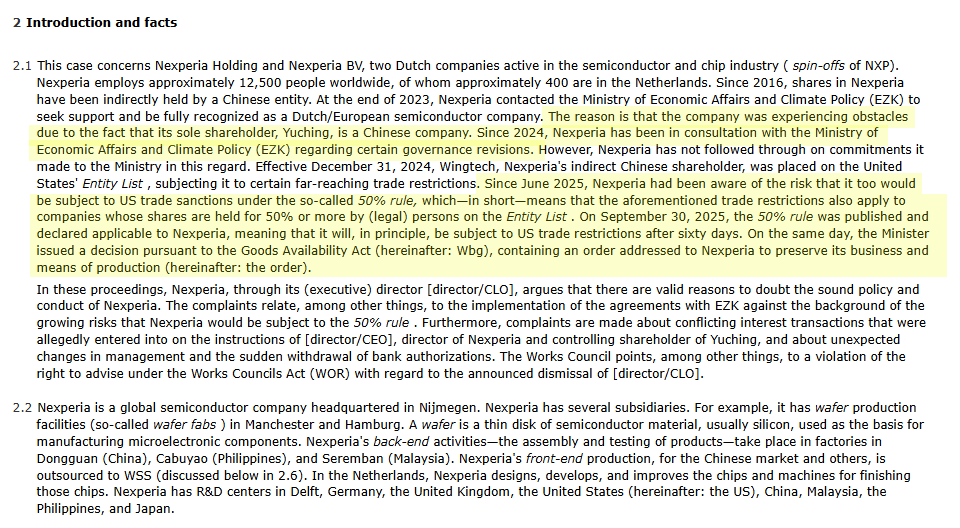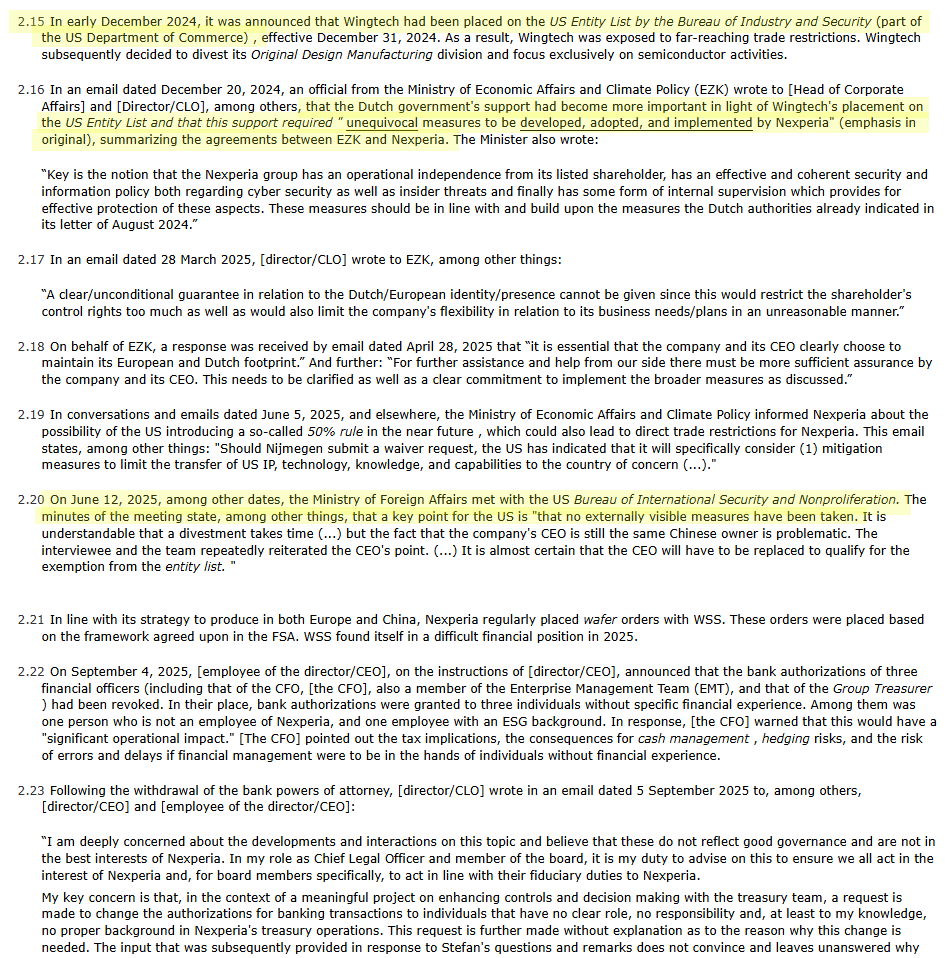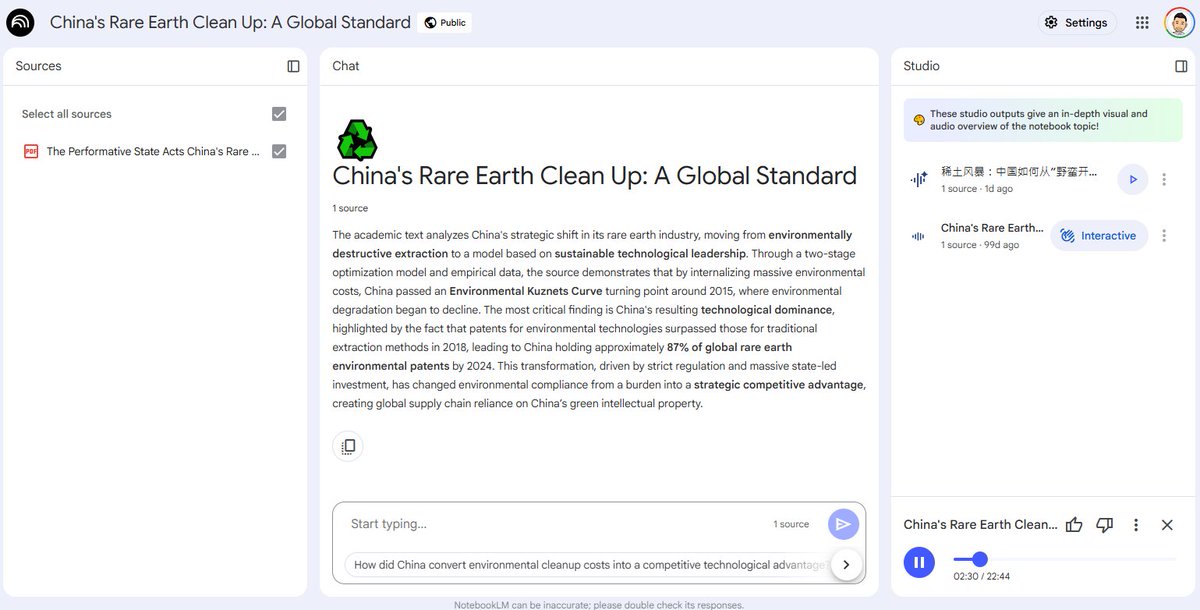For all the flak about "lack of a social welfare safety net", China has one of the lowest pension/retirement ages in the world.
Further, it's hard to imagine that China — a "loud and proud" socialist country — not investing significantly into its social welfare programs in the coming decades, especially as it has officially crossed the "high income" threshold.
Further, it's hard to imagine that China — a "loud and proud" socialist country — not investing significantly into its social welfare programs in the coming decades, especially as it has officially crossed the "high income" threshold.
https://x.com/GlennLuk/status/1983788230538600474
The problem with the "China does not spend enough on social welfare" narrative-pushers is in part a data one.
A large part of its social welfare spending comes in the form of social transfers in kind (STIK) (~6-7% of GDP).
A large part of its social welfare spending comes in the form of social transfers in kind (STIK) (~6-7% of GDP).
https://x.com/GlennLuk/status/1803110717748355172
In this 2024 paper, the World Bank highlighted how "in-kind" health & education transfers are the main form of socioeconomic redistribution in China.
Any social welfare comparison that ignores STIK should be questioned.
Any social welfare comparison that ignores STIK should be questioned.
https://x.com/GlennLuk/status/1831916435616231926
Another ~8-10% is in the form of social insurance and direct welfare cash transfers.
The bulk of this is in the form of social insurance taxes collected out of wage income by the government, e.g. pension, unemployment, maternity, work-related injury and medical.
The bulk of this is in the form of social insurance taxes collected out of wage income by the government, e.g. pension, unemployment, maternity, work-related injury and medical.
While some point to these social insurance taxes as a regressive/heavy tax burden, these should actually be viewed more as hybrid defined benefit / defined contribution plans with some pooling aspects and some individual aspects (e.g. annuity based directly on contributions).
Indeed, that is precisely why the pension/retirement age is lower: in exchange for higher tax withholdings during their working years, Chinese workers get to retire earlier.
Indeed, that is precisely why the pension/retirement age is lower: in exchange for higher tax withholdings during their working years, Chinese workers get to retire earlier.
If we add up STIK, social insurance and the direct welfare benefits, China's social welfare spending is in the 16-17% range, which is in line with G20 emerging markets (~15-16% under this broader definition).
The OECD average is closer to ~20-21%, but these countries are fully developed; China is still at least 10-15 years away from approaching fully developed status and has time to develop these social welfare programs further.
The OECD average is closer to ~20-21%, but these countries are fully developed; China is still at least 10-15 years away from approaching fully developed status and has time to develop these social welfare programs further.
Hongshen rightly notes that inequality in social welfare system is triggered in large part by the urban-rural divide.
https://x.com/HongshenZhu/status/1983789665896267816
From this perspective, one of the policy drivers of capital-intensive rapid urbanization was to reduce inequality of access caused by the urban-rural divide.
One of the challenges with social welfare in a developing country is the general scarcity of resources. Tough choices need to be made.
One of the challenges with social welfare in a developing country is the general scarcity of resources. Tough choices need to be made.
The issue with poor rural areas is that it is typically far less efficient to provide the types of services that underpin social welfare, like housing, education and medical care.
https://x.com/GlennLuk/status/1351018576363270144
Indeed one of the key policy goals of intensive infrastructure building was poverty alleviation and accelerating the process of urbanization so that more people could access social services.
https://x.com/GlennLuk/status/1670468740696223748
These social welfare goals are often lost or ignored in the technical discussions about the "profitability" of LGFVs, with disproportionate weight placed on "capital inefficency" that doesn't take into account societal spillovers.
readwriteinvest.com/p/project-fina…
readwriteinvest.com/p/project-fina…
"Kweichow Characteristics" refers to the core idea that the financial aspects of infrastructure ("Project Finance") cannot be evaluated without also evaluating their non-financial social development aspects.
• • •
Missing some Tweet in this thread? You can try to
force a refresh










